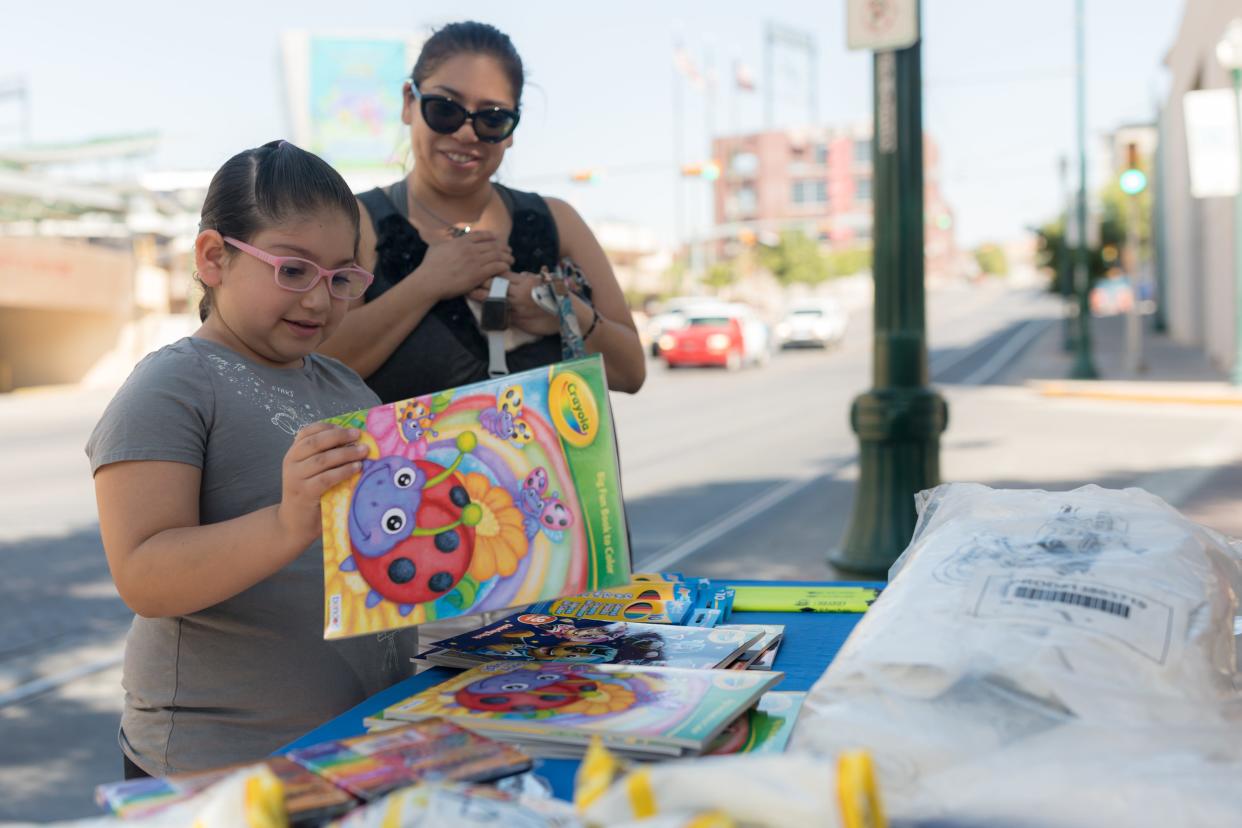Preventing summertime learning loss: Brandon Enos

The loss of learning during summer break is known by educators as the “summer slide.” It can take up to six weeks to regain summer learning loss. On average, students return from summer vacation three months behind where they were academically when they left in May. Parents can help alleviate the summertime learning loss by keeping their children engaged in a few activities.
The thought of adding another task to an already overscheduled summer seems daunting. However, ensuring your children maintain their academic levels in reading and math will pay off. I want to share some simple but effective ways to keep your kids where they need to be academically over the summer break.
Encourage your children to read each day. Go to the library and pick out books. They can select fiction, non-fiction, books, magazines, newspapers, historical, mystery, or fantasy. It does not matter what he or she reads; what matters is that the child is reading for 20 minutes or more at least five days each week. Have your children pick an audiobook in the car if you are busy traveling. Together you can discuss the plot and extend the story by asking your children what would happen next if they were the author.
Summertime math exercises should be more about building critical thinking and logic skills than about completing boring flashcards and worksheets. Three fun and challenging math games you can play with your children over the summer are a shape scavenger hunt, number target, and double-halves. Here is how to play the three math learning games:
The shape scavenger hunt: all participants look for the same shape; once the first person finds the predetermined number of that shape, he or she is the winner and gets to select the next shape and the number needed to win.
Number target combines numbers or coins to reach the target number or amount. This is a fun way to practice addition, subtraction, multiplication, or division.
To play double-halves, ask your children regularly how much of any item you would have if doubled or halved. This game will increase the child’s abstract thinking capabilities, and like the number target game, it can be used for numbers, measuring, counting money, or determining an amount of time.
Other Fun Summertime Activities
Besides practicing reading and math, children can also learn from service during the summer by helping a parent in the kitchen while they cook or by helping in the garden while the parent landscapes. Children like to be involved and feel especially useful when they contribute to an activity a parent is working on.
Summertime learning loss is detrimental to students, teachers, and schools. By reading daily and playing math thinking games, the academic gap can be reduced or completely alleviated.
Dr. Brandon Enos is the proud superintendent and lead learner of Cushing ISD in Cushing, Texas.
This article originally appeared on El Paso Times: Preventing summertime learning loss: Brandon Enos

